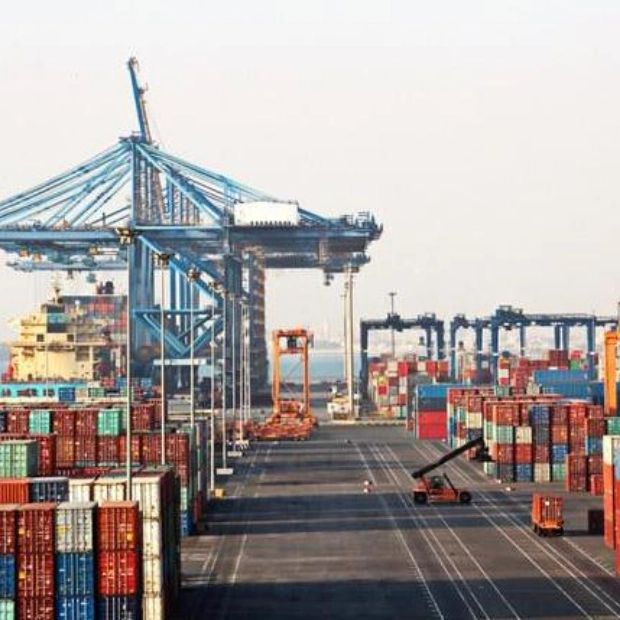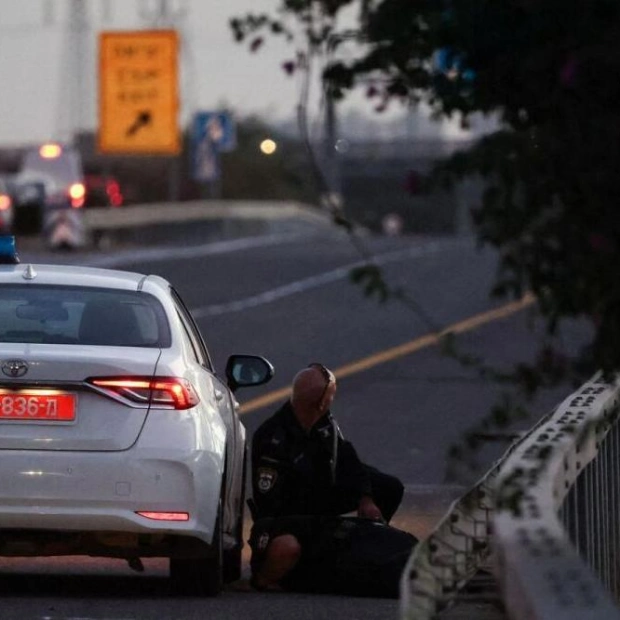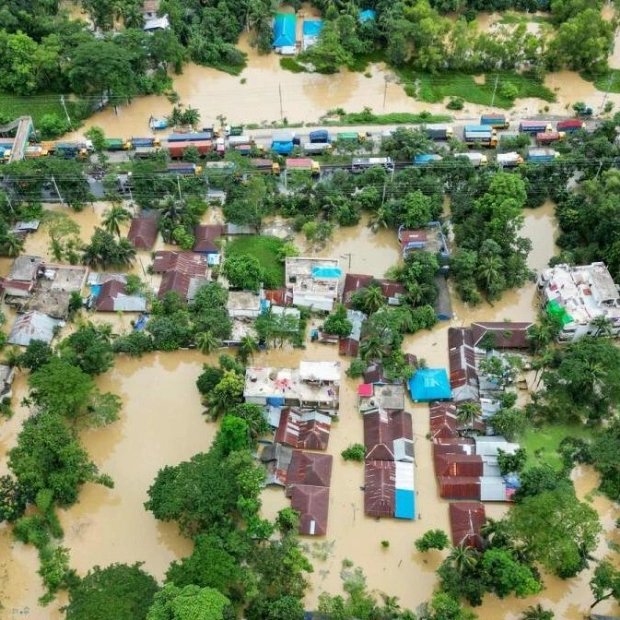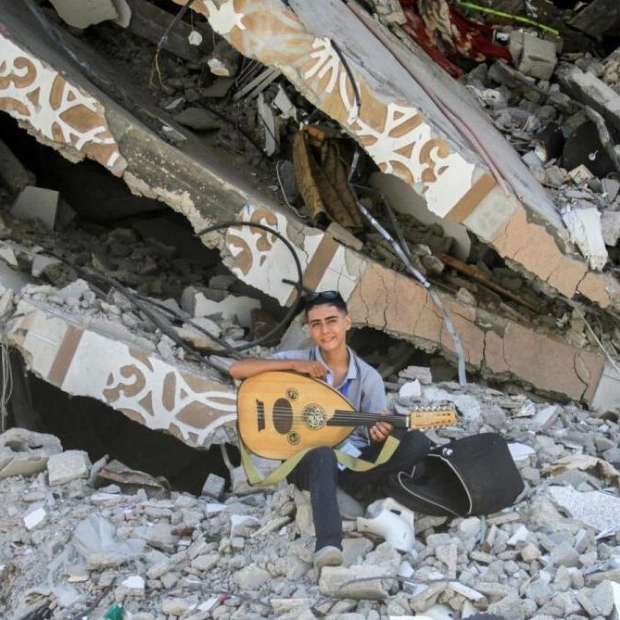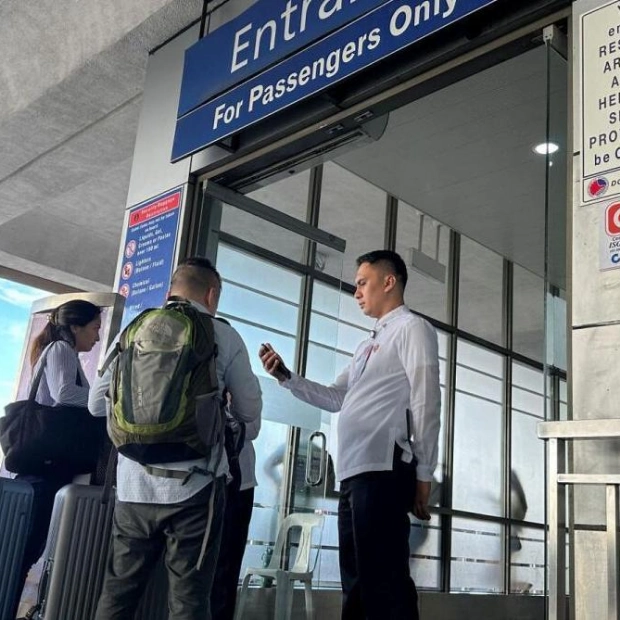In the midst of Mumbai's modern skyscrapers, hundreds of dangerously dilapidated buildings, slated for demolition, are packed with families who choose to risk their lives rather than face exorbitant rents. Each year, as the city is battered by intense monsoon rains, some of these crumbling colonial-era structures collapse, often resulting in significant casualties. "It was like watching a biscuit dissolve in tea," recounted Vikram Kohli, an office worker who narrowly escaped death when a four-story building partially collapsed in July. Authorities had marked the century-old building in the bustling Grant Road area for repairs three years prior. Despite a government evacuation warning issued in June, residents ignored it, leading to one death, four injuries, and a rescue operation by the fire brigade to save 13 trapped individuals when the building fell. Vaishnav Narvekar, who operated a cafe on the ground floor, had anticipated the collapse but was still shocked by its suddenness. This incident is just one of many in Mumbai, a city home to approximately 20 million people, where over 13,000 buildings need constant repair to prevent collapse, according to the Maharashtra Housing and Area Development Authority (MHADA). MHADA identifies nearly 850 buildings as dangerously dilapidated and not suitable for repair, housing tens of thousands of people. The city's infrastructure push, including new highways and metro lines, is overshadowed by the government's stretched affordable housing budget, forcing many to remain in unsafe dwellings. High rental rates in Mumbai, with a median one-room apartment rent of $480, according to the Global Property Guide, and top-end rents significantly higher, compound the issue. Landlords, constrained by rent control laws, lack funds for necessary repairs, while tenants fear eviction without proper compensation. In Ghatkopar, a tenant in a building classified as dangerous, paying just 800 rupees for a 46-square-meter apartment, insists on adequate compensation for relocation. Similarly, Jayesh Rambhiya, renting a small apartment in a three-story Ghatkopar building for about 500 rupees a month, would consider moving if compensated, given the significantly higher cost of similar nearby rentals. Transit housing offered by city authorities is severely limited, with MHADA's deputy head, Sanjeev Jaiswal, noting they are nearly full. Near Grant Road, another four-story apartment block on the 'most dangerous' list faces similar issues. Farida Baja, running an animal shelter there, received an evacuation order but remains unconvinced of the building's danger, citing its apparent sturdiness. Legal challenges by residents, accusing developers of exaggerating building conditions to force evictions, further complicate the situation. Baja, confident in the building's integrity, dismisses the condemnation, stating, "I am not afraid. I know the building is not coming down."
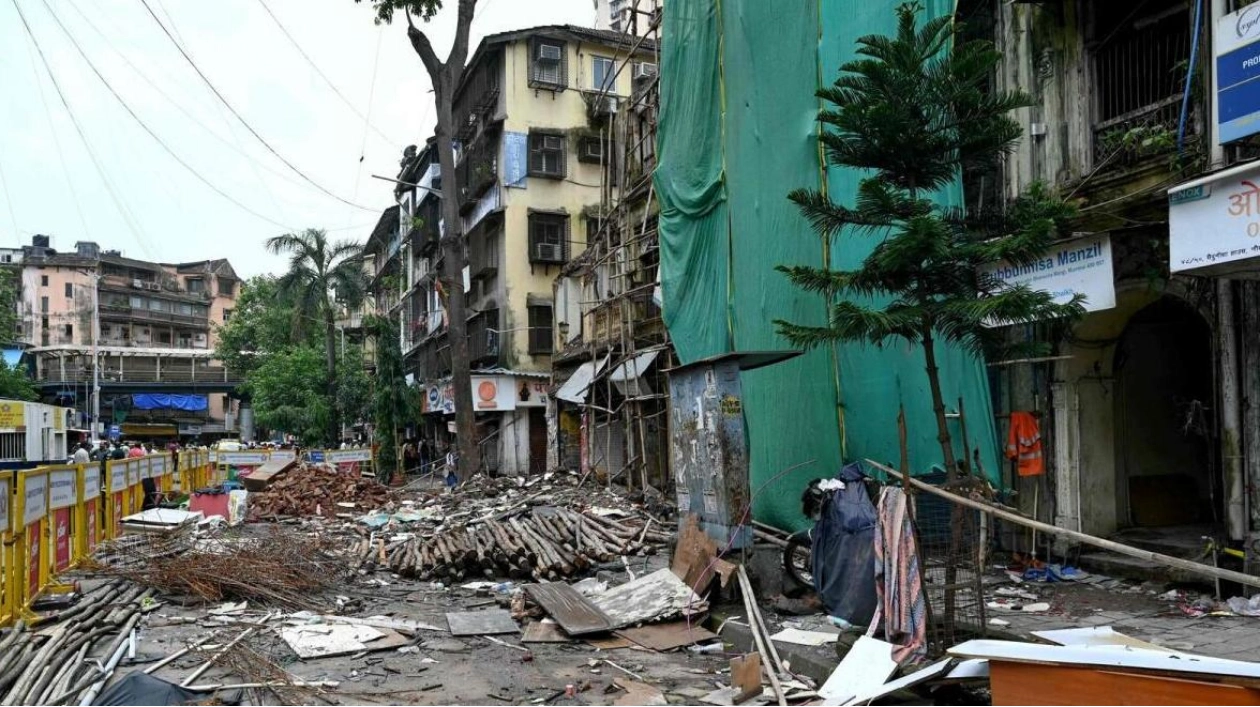
Text: Lara Palmer
28.08.2024
Families in Mumbai's Financial Capital Choose Danger Over High Rents in Crumbling Buildings
